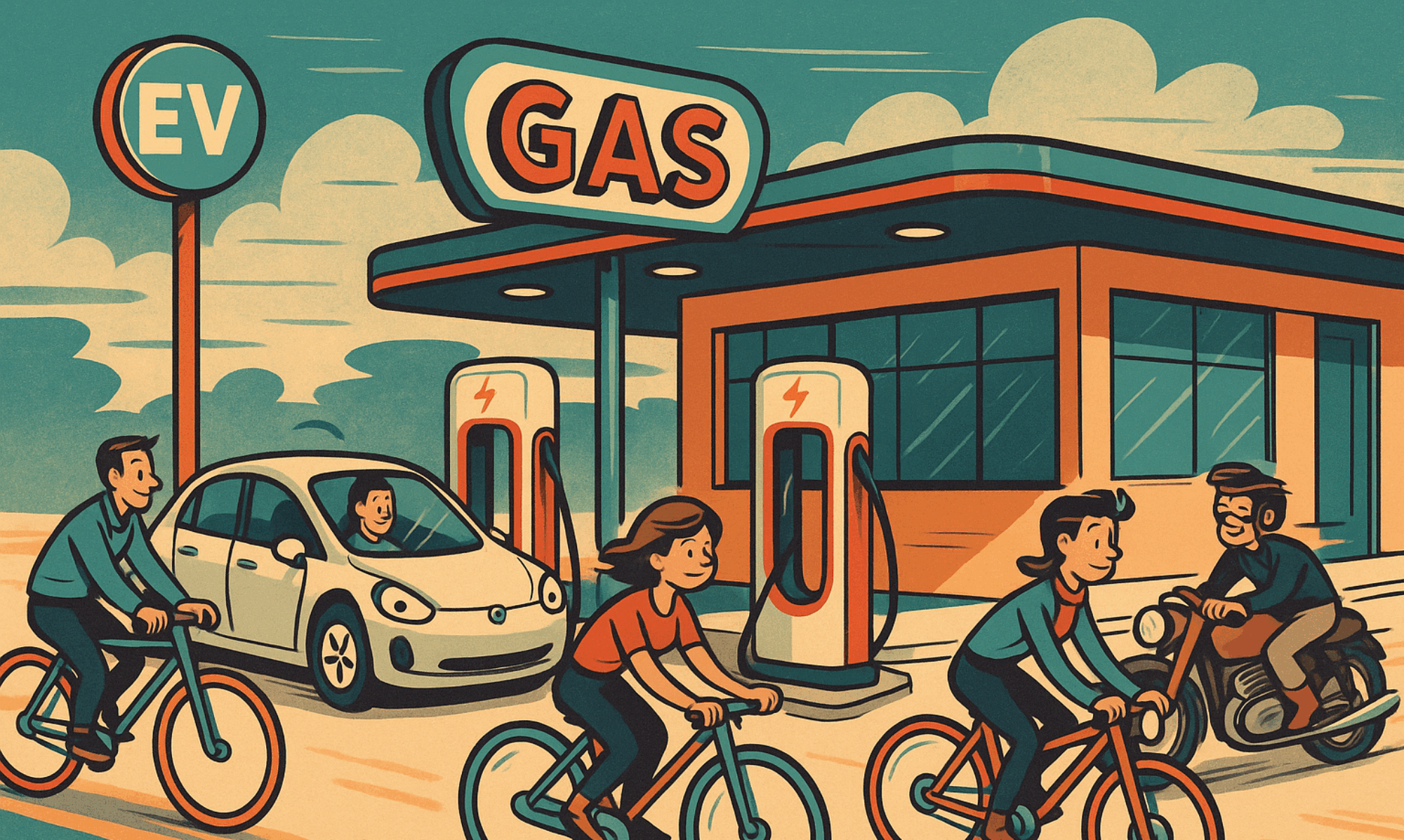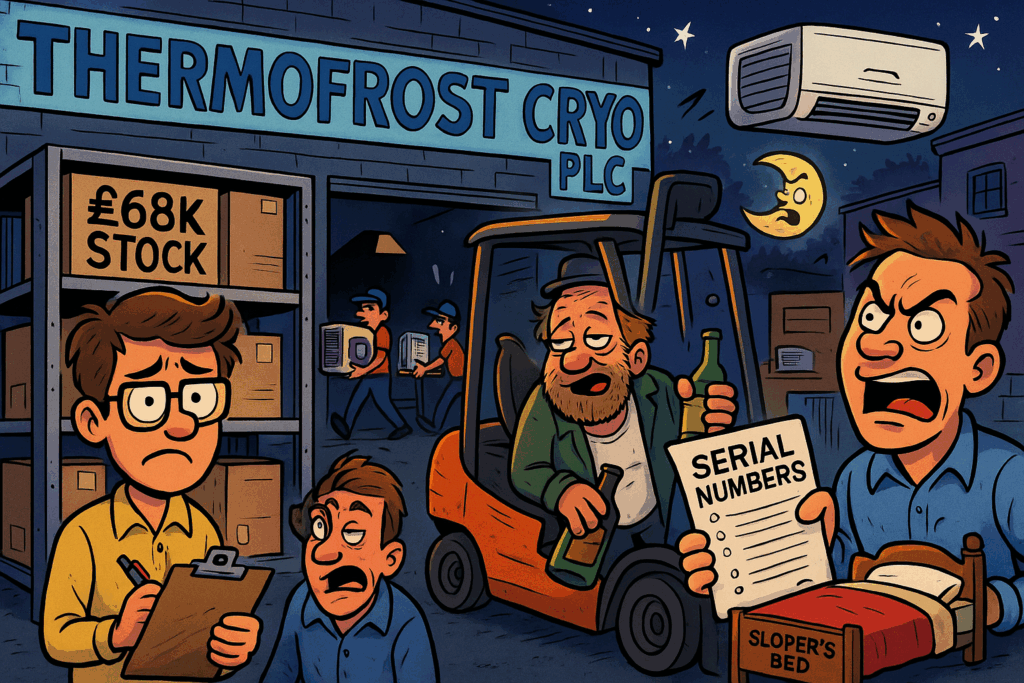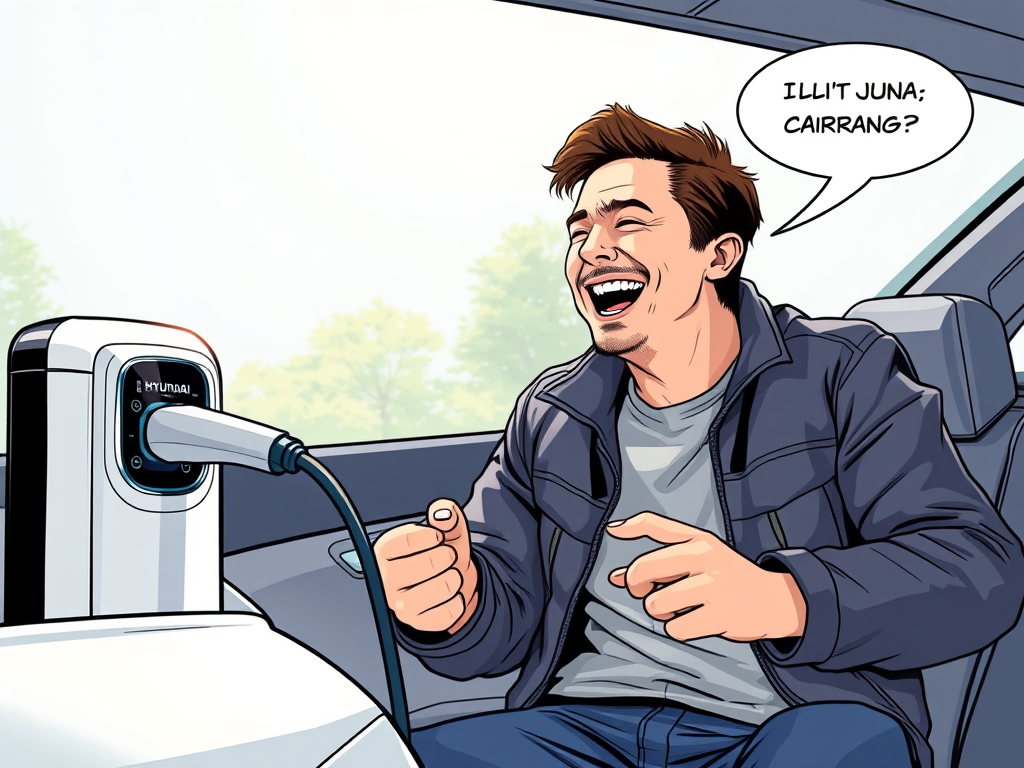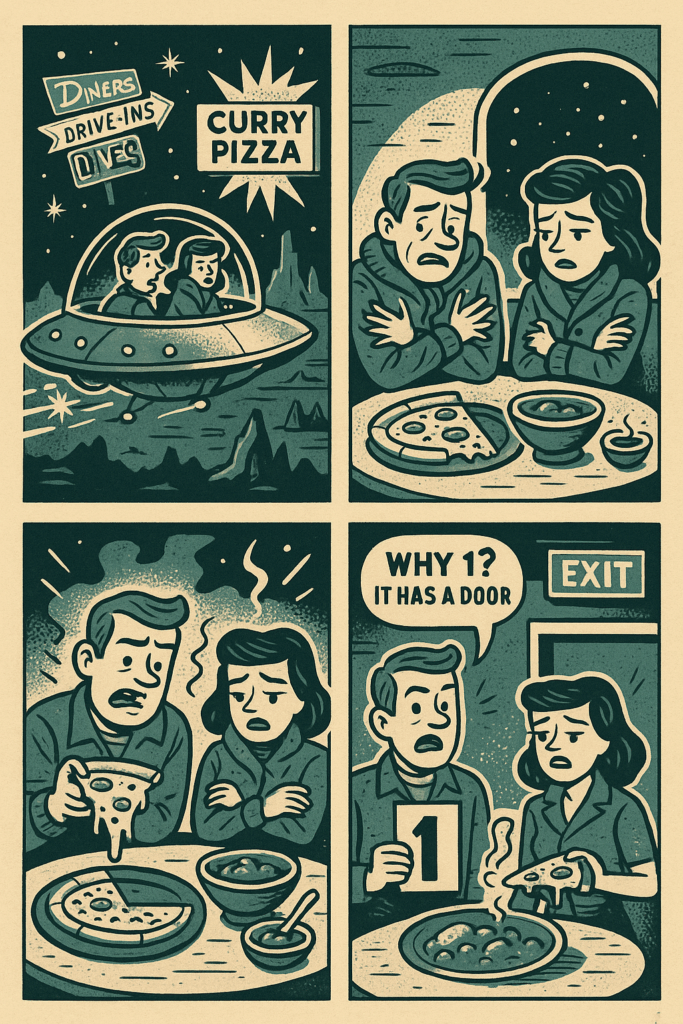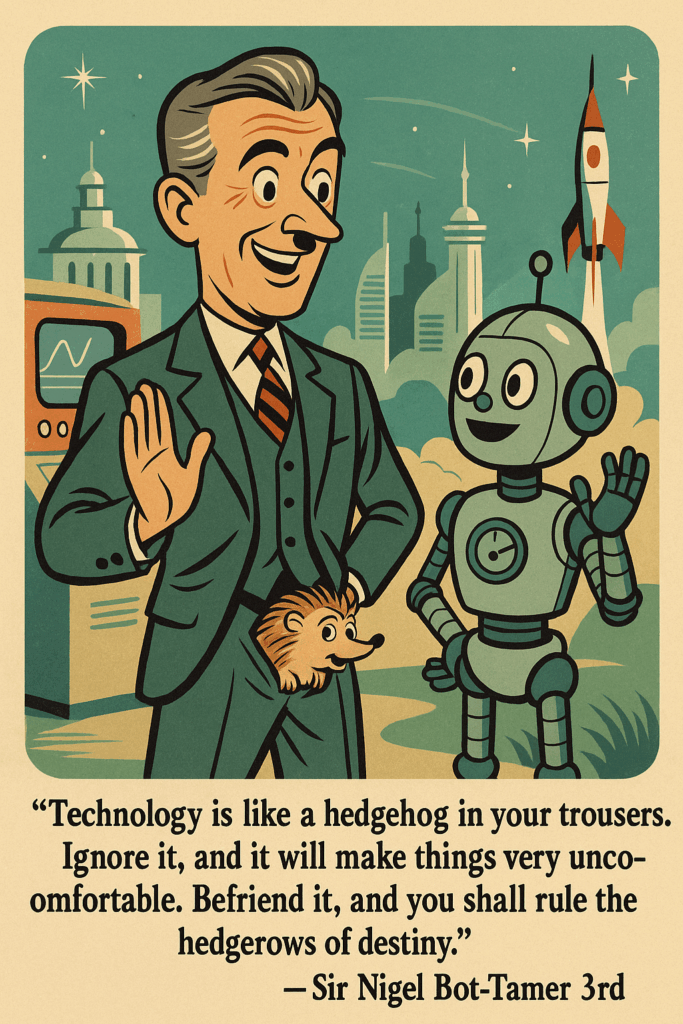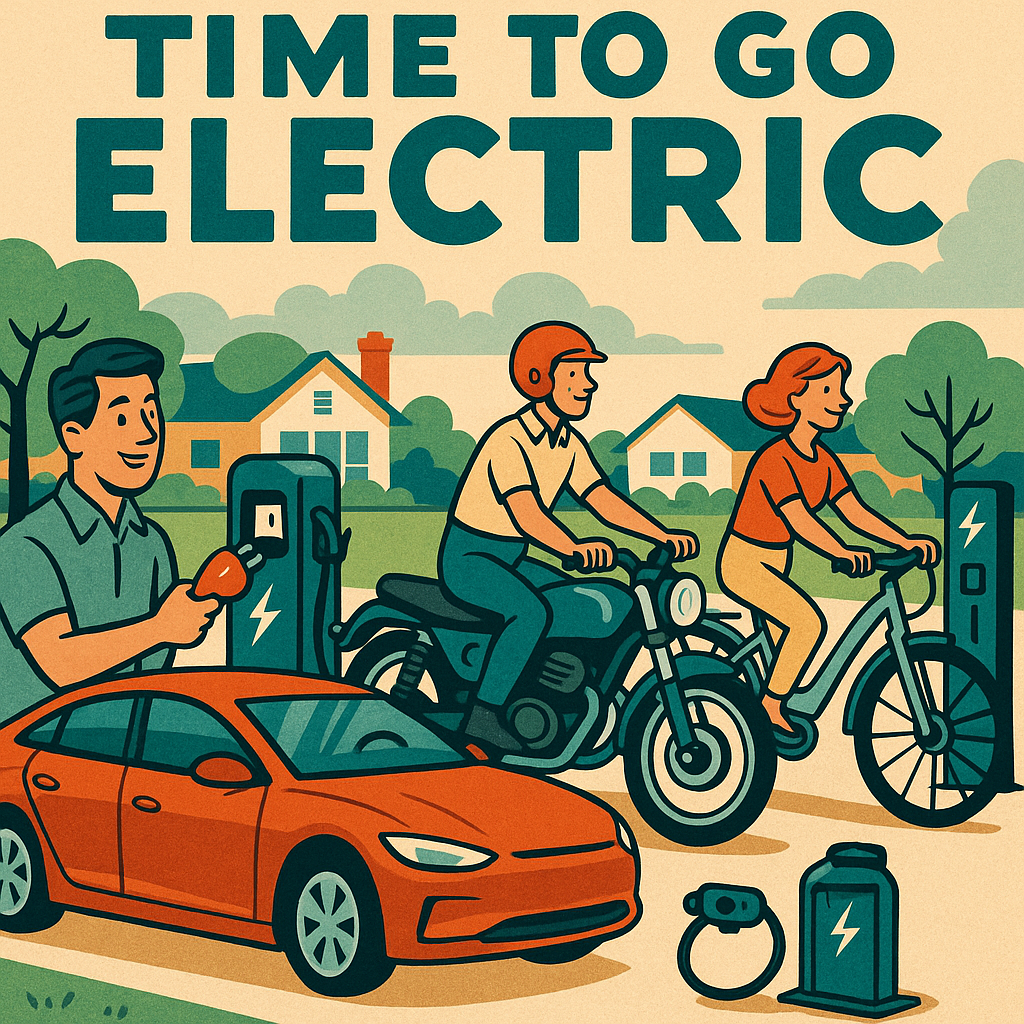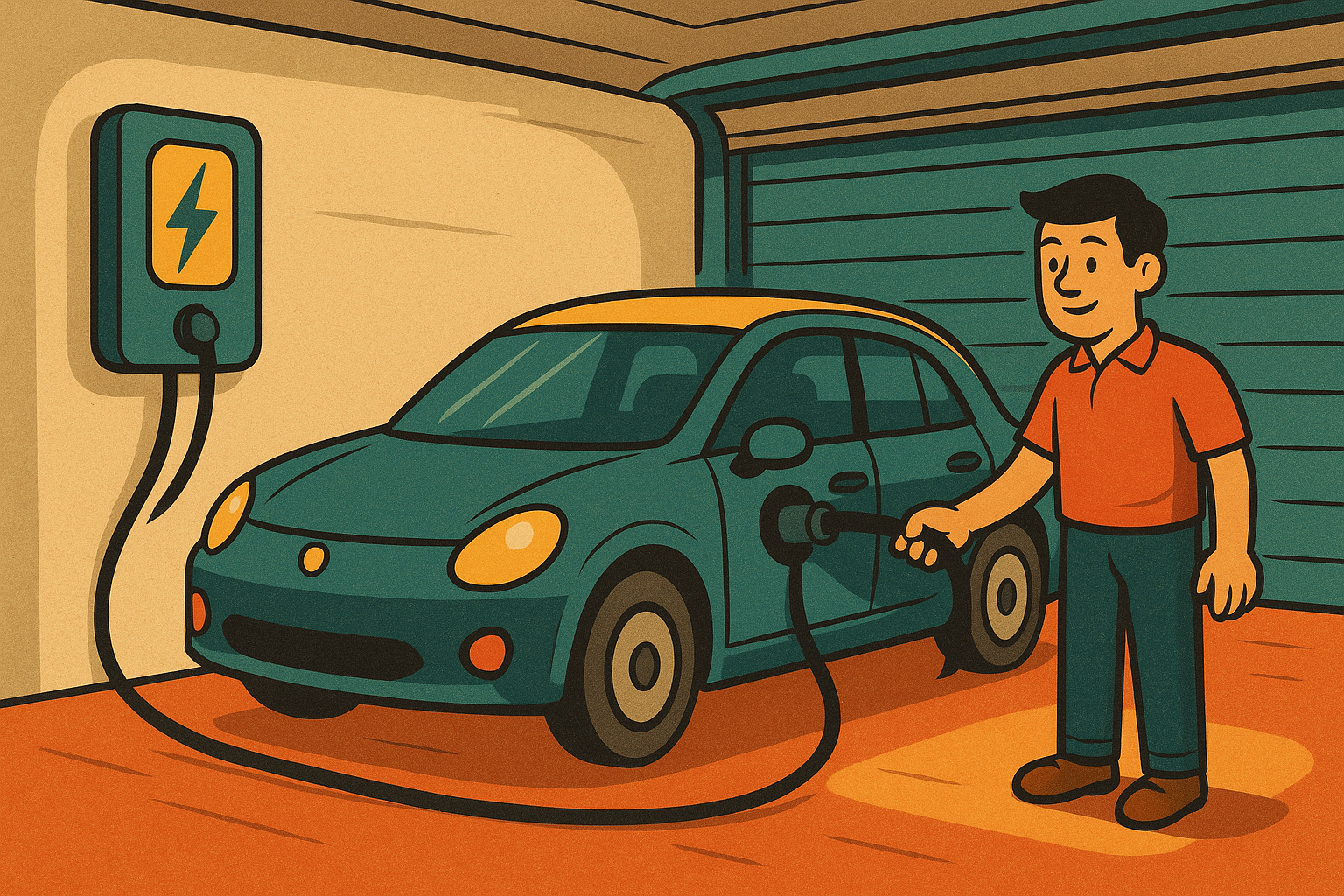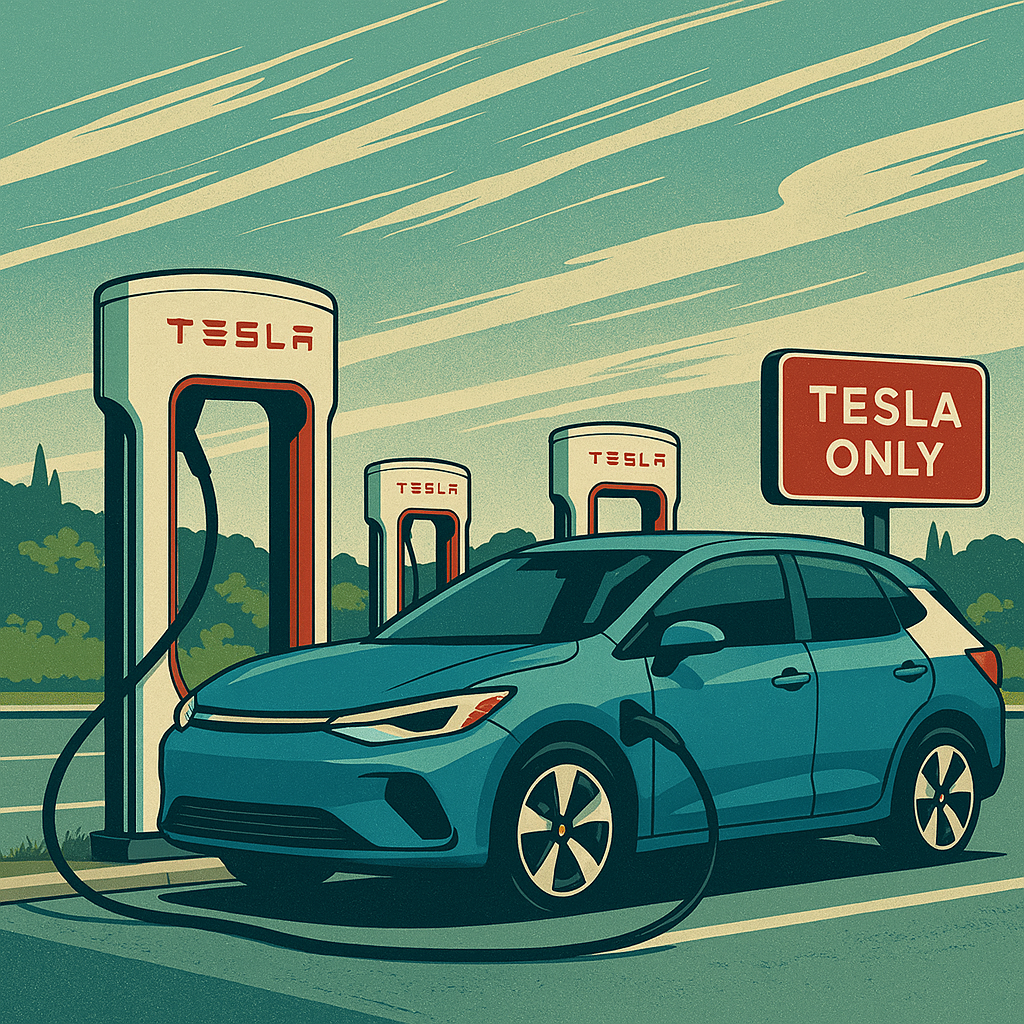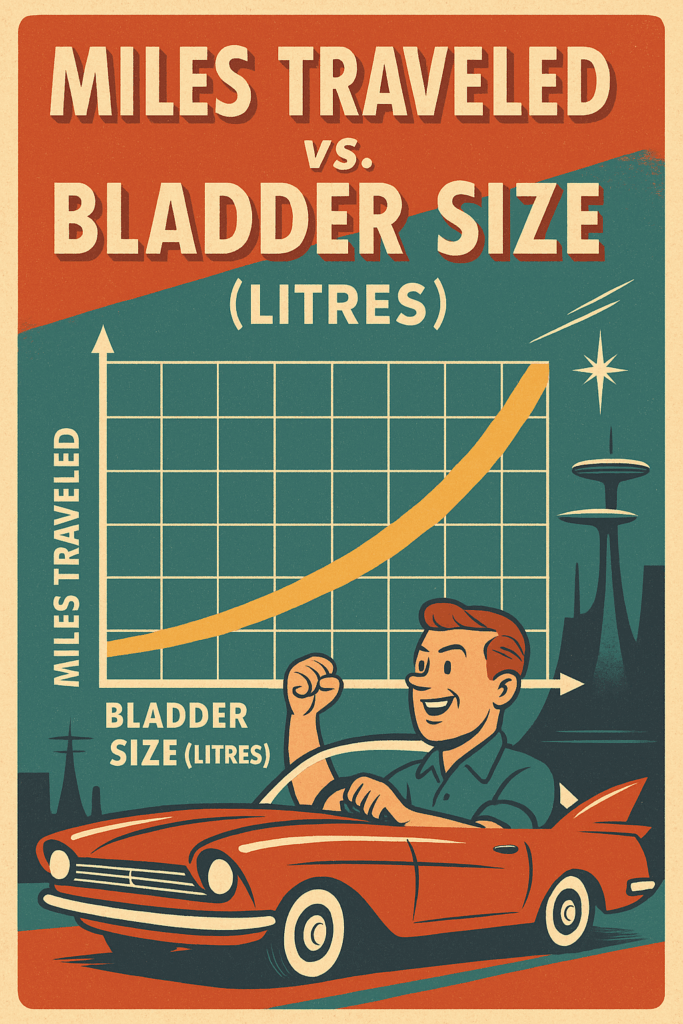
In a world of lithium, wires, and gentle humming noises, one brave band of motorists dares to defy the electric tide… armed with nothing but petrol, pistons, and the ability to hold it in.
Yes, dear readers, we speak today of a miraculous, oft-overlooked advantage that gasoline-powered cars still possess over their quieter, more well-behaved cousins: the ability to drive 43 miles further without stopping, but only if your bladder can survive the journey.
The Noble Few With Bladders of Steel
Meet Sir Reginald Tinkleton III, a proud Yorkshireman with a bladder forged in the fires of 1970s public school rugby matches. Reginald once drove from Sheffield to Glasgow on a single tank, and a single tinkle.
“I call it bladder-drafting,” Reginald said, puffing on a meat pie and urinating in a ceremonial golden chalice. “The trick is to think about cold, arid deserts. Camels. Cactus. And the Queen’s disapproval.”
His car? A humble 2006 Ford Mondeo. His secret? A complete absence of fear, shame, or kidney function.
Tales of the 43-Mile Challenge
1. Marjorie Wimpole’s Revenge
Marjorie Wimpole, former librarian and part-time sword juggler, once made it 760 miles on a road trip from Devon to John o’ Groats. After years of being mocked for her “cup a tea every 20 minutes” bladder, Marjorie took up monk-like hydration discipline.
“I dehydrated for 36 hours, trained with a Tibetan yogi, and sealed my loo with industrial epoxy,” she said, perched proudly on her bidet throne. “By mile 700, I could see through time.”
When she finally arrived, she wept, but only metaphorically. No bodily fluids were wasted.
2. The Weak-Bladder Workarounds
Not everyone is a high functioning urological wonder. Some, like Barry Crumplethigh from East Sussex, had to adapt.
Barry installed a multi chambered road urinal system in his Land Rover Defender, lovingly named the “Whizz o Matic 2000.” It featured:
- Hands-free hose coupling
- A musical “pee timer” set to “Ride of the Valkyries”
- A peppermint scented waste compartment with Bluetooth syncing (for some reason)
“Do I feel shame?” Barry asked. “Yes. But also dry.”
3. The Bladder Olympics
In 2023, the village of Nether-Widdling-on-the-Wold held the first annual “Internal Combustion Endurance Bladder Grand Prix.” Participants filled their tanks and their thermoses, with one goal: outlast, out-hold, and out-drive.
The winner, 68 year old Doris Plonk, achieved 814 miles on a single tank and zero pit stops. She was later knighted by King Charles with a ceremonial toilet brush.
The Electric Rivalry
Meanwhile, in the EV world, Brian Snortles of Brighton was seen weeping next to his Tesla after being overtaken by a Toyota Corolla and a man doing kegels.
“It’s not fair,” Brian sobbed. “They’ve got a bladder-based range advantage! Mine buzzes when I’m low on power, but I buzz when I’m too full.”
He has since taken up meditation, catheters, and bitter Twitter threads.
Final Thoughts: Are You Bladder Enough?
So next time someone scoffs at your gas-powered jalopy, roll down your window, shout “I CAN HOLD IT!” and roar away into the distance 43 bladder-busting miles further than they ever will.
Because in the world of internal combustion, victory goes not to the swift, nor the fuel-efficient, but to those with iron wills, camel kidneys, and sphincters of titanium.
Godspeed, petrol patriots. And remember: never trust a warm seat
